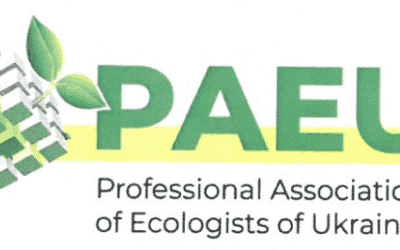On-demand connectivity services deliver on the needs of IoT applications

Every second, 127 everyday items are connected to the internet, according to McKinsey & Company. From home security systems, dishwashers and washing machines to wearables, autonomous vehicles and much more, the integration of connected technology into our daily lives is quickly becoming a reality.
Thanks to inexpensive processors and advanced wireless networks, says Adolfo Perez-Duran is the co-founder and CTO of Cataworx, almost any thing can now send and receive data as part of the ‘Internet of Things’ (IoT). In 2019, 26.66 billion IoT devices were active, and that number is set to increase to 75 billion by 2025.
How CSPs enable IoT
Comprised of ‘smart’ devices generating data that makes the world safer, more productive and healthier, IoT has the potential to enhance the world and make numerous aspects of our lives more convenient. However, connectivity service providers (CSPs) will be challenged by IoT workloads due to the mobile nature of many of these devices and the fluctuating or unpredictable changes in traffic patterns.
In a typical use case, a communication service provider needs to transport the data generated by a large number of IoT devices and deliver it to a central location, such as a data centre or a cloud provider. Without that communication, elaborate IoT applications, including analysis, decision-making and artificial intelligence (AI), are impossible.
Connectivity challenges
While many devices are fundamentally designed for a mobile world, the IoT world requires the ability to dynamically change connectivity services to accommodate the ever-changing workloads and traffic patterns demanded by IoT applications.
Unfortunately, the traditional model for service delivery has not kept up, it is time-consuming and requires manual effort to quote, order and fulfil the services. In the traditional model, an enterprise or partner requests connectivity services from its provider. Typically, services are offered under very rigid conditions.
For example, services are sold based on contracts with a fixed, long-term commitment. Twelve-month contract terms are typical in the industry. Even during periods of no activity, customers must commit to paying for under-utilised bandwidth.
The challenge of unpredictable demand
When it comes to changing workloads imposed by IoT (either delivering a large volume of data or no data at all), businesses want to minimise their operating expenses (OpEx). In particular, they don’t want to pay for a service they’re not going to use.
Imagine a large sports event, such as the Super Bowl or the UEFA Champions League Final. These events demand reliable and high-bandwidth services both for a large number of mobile and IoT devices and media outlets. Furthermore, these type of services are only required for a specific period of time. In order to quickly deliver connectivity services, providers want to ensure the bandwidth/capacity for all of the IoT devices on their network can be priced, provisioned and delivered in time.
Enter on-demand connectivity services

Perez-Duran
Quoting, ordering and deploying new connectivity or incremental bandwidth for IoT can take weeks. An enterprise relying on IoT applications will suffer financially if it’s unable to get or optimise connectivity with its cloud platforms and other service providers.
On-demand connectivity services offer an alternative to static, costly connectivity services. On-demand connectivity services allow IoT applications to customise their connectivity parameters, giving enterprises control over their network usage in a cost-effective manner. With this new paradigm, service providers will be able to respond to the way in which IoT consumes bandwidth.
Unfortunately a dynamic, easy-to-configure network is not enough. Providers who wish to sell on-demand services need to automate the whole business application stack, from quoting to ordering to billing. As such, automation is required to support services on demand because it ensures service providers can react quickly to quote, deliver and bill these services.
Currently, the current connectivity service sales process is predominantly manual, time-consuming and error-prone. Automation of the business layer simplifies and accelerates the pace of collaboration among operators, saving service providers time, reducing their OpEx, helping them become more efficient and empowering them to pursue more business opportunities and growth.
Despite its growing demand and ubiquity, IoT connectivity poses service providers with economical and technical challenges that can only be overcome through on-demand services, which require service providers to utilise the right level of automation. The possibilities being created by IoT technology seem endless, and the combination of on-demand connectivity and business automation holds the key to surviving in an increasingly connected world.
The author is Adolfo Perez-Duran, co-founder and CTO, Cataworx
About the Author
Adolfo Perez-Duran is the co-founder and CTO of Cataworx, a telecom-focused software technology vendor based in Boulder, Colorado. Cataworx helps communication service providers automate, simplify and accelerate the sales process. Cataworx was a top graduate of the Founder Institute start-up accelerator programme in early 2017.
Comment on this article below or via Twitter:
Recent Posts
- What Is an Exoskeleton Suit?
- Where can you use an ultrasonic motor?
- Smart Camera: System That You Can Use for a Wide Variety of Purposes
- Why Is the Smart Toothbrush Better Than a Regular One?
- Microcontrollers: An Integral Part of Embedded Hardware
- Air Quality Monitoring System: Why It’s So Important in Modern Realities

